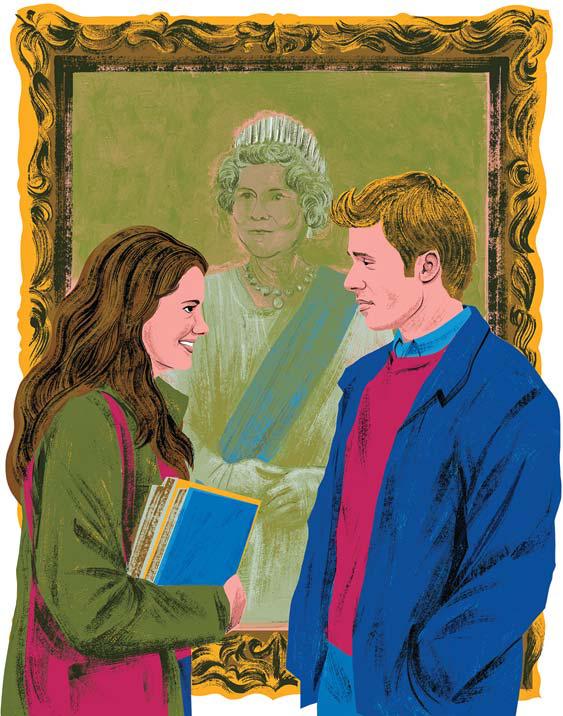
The first four seasons of "The Crown," the Netflix period drama about Queen Elizabeth II's long reign, covered roughly forty years of British history. For many American viewers, the appeal of the series lay not only in the fair-minded characterizations of the Royal Family and the visual extravagances of one of the most expensive shows ever made but also in the deft incorporation of events that shaped U.K. politics, culture, and national identity. Season 1 revisited the Great Smog of 1952, which killed thousands of Londoners; Season 2 the Profumo scandal, which brought down a Prime Minister; and Season 3 the Aberfan disaster, a Welsh mining collapse that buried dozens of schoolchildren, whose deaths Elizabeth would later wish she had commemorated more swiftly.
By contrast, nearly half of the sixth and final season traverses less than three months in 1997: the weeks leading up to Princess Diana's death and its immediate aftermath. That time frame underscores the narrowing of the show's focus. Its creator, Peter Morgan, seems to have lost all interest in Elizabeth's subjects, except when they turn on her for her conspicuous silence in the days following that fateful car crash in Paris. Prime Minister Tony Blair (Bertie Carvel), too, is most notable for his approval ratings; his popularity, which earns him the nickname King Tony, gives the Queen literal nightmares. Morgan treats the Windsors primarily as media figures-the people watch the Queen on the telly while the Queen watches them back. (Reports suggest that she watched "The Crown," too.) But the post-Diana episodes are a study of celebrity without the requisite star power.
This story is from the December 25, 2023 edition of The New Yorker.
Start your 7-day Magzter GOLD free trial to access thousands of curated premium stories, and 9,000+ magazines and newspapers.
Already a subscriber ? Sign In
This story is from the December 25, 2023 edition of The New Yorker.
Start your 7-day Magzter GOLD free trial to access thousands of curated premium stories, and 9,000+ magazines and newspapers.
Already a subscriber? Sign In

ART OF STONE
\"The Brutalist.\"

MOMMA MIA
Audra McDonald triumphs in \"Gypsy\" on Broadway.

INTERNATIONAL AFFAIRS
\"Black Doves,\" on Netflix.

NATURE STUDIES
Kyle Abraham's “Dear Lord, Make Me Beautiful.”

WHAT GOOD IS MORALITY?
Ask not just where it came from but what it does for us

THE SPOTIFY SYNDROME
What is the world's largest music-streaming platform really costing us?

THE LEPER - LEE CHANGDONG
. . . to survive, to hang on, waiting for the new world to dawn, what can you do but become a leper nobody in the world would deign to touch? - From \"Windy Evening,\" by Kim Seong-dong.

YOU WON'T GET FREE OF IT
Alice Munro's partner sexually abused her daughter. The harm ran through the work and the family.

TALK SENSE
How much sway does our language have over our thinking?

TO THE DETECTIVE INVESTIGATING MY MURDER
Dear Detective, I'm not dead, but a lot of people can't stand me. What I mean is that breathing is not an activity they want me to keep doing. What I mean is, they want to knock me off. My days are numbered.